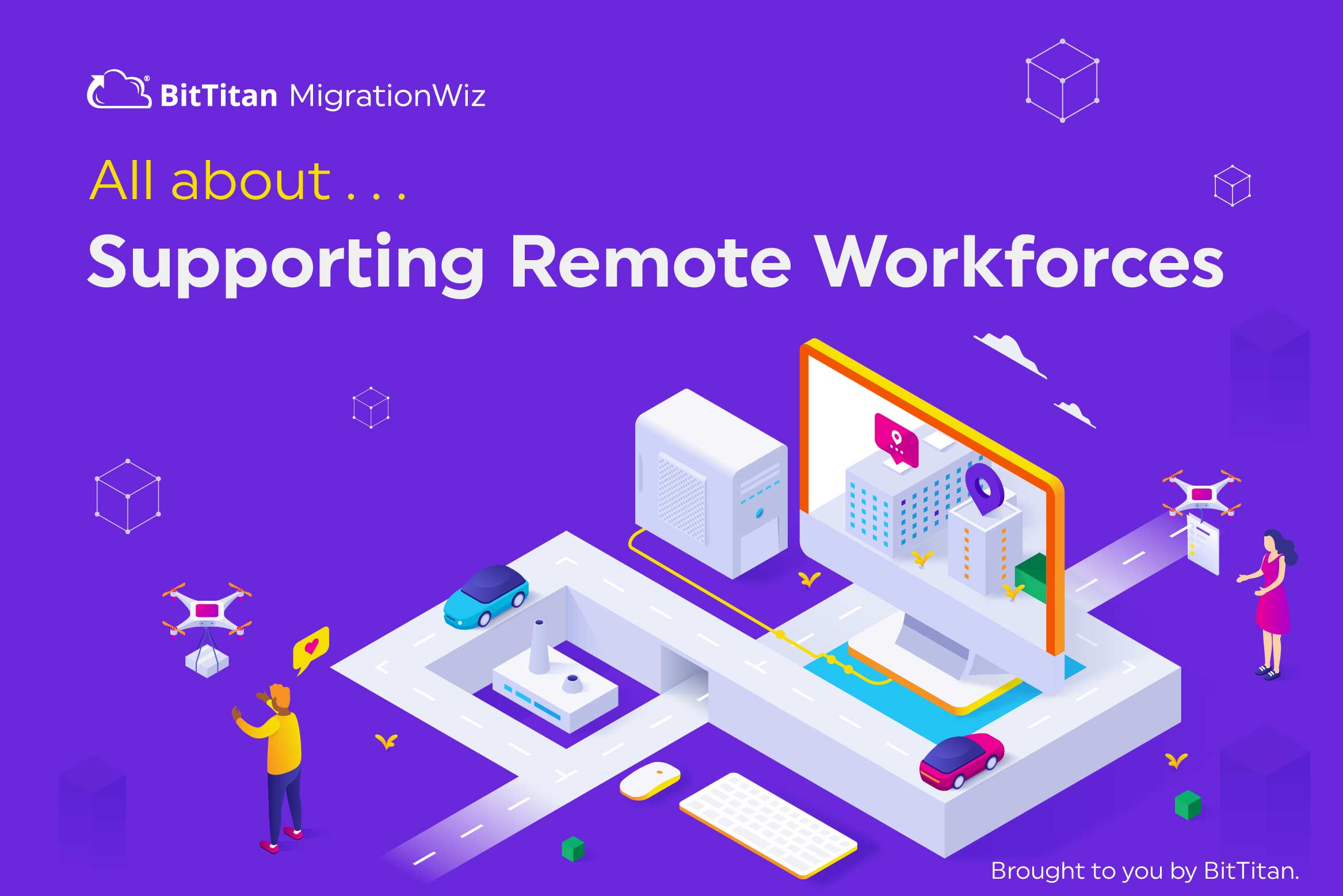Lessons learned from experience
The experience gained applies to any IT organization or MSP needing to pull off a critical migration in short order. One challenge to take into account is the demand placed on the cloud infrastructure. During the pandemic, with so many organizations doing remote work, the immense scalability of the cloud came to the test, and for the most part it shined. However, especially as use of online file stores such as SharePoint Online and OneDrive skyrocketed, Microsoft and Google throttled traffic, especially during peak business hours and some migrations ran into capacity issues and took longer than expected.
Since the tools are themselves in the cloud, in many instances the entire migration task could be performed without an onsite visit — a key advantage given stay-at-home mandates. If the IP addresses (or URLs) and administrative credentials are known, the entire process can complete remotely. Migrating an entire workforce to the cloud for basic collaboration, using email and applications such as Teams or Skype, can be accomplished in anywhere from 24 hours to a long weekend. With careful pre-planning and consideration to details, organizations are able to shift to remote work without missing a beat. The details include:
- Migrating emails first to keep the lines of communication open
- Using date ranges to migrate the most-essential emails selectively
- Paying careful attention to data volume during the migration to avoid overusing bandwith, which could trigger throttling by Microsoft or Google
Provided the number of users, size of the mailboxes and total volume of data are not overly large, an organization can be ready for remote working with a new cloud instance in a long weekend. The rest of the migration can follow in the days after, backfilling the email boxes with the balance of the emails. Migration of less-essential files in online stores can take advantage of off-peak hours and weekends when throttling is less of an issue.
Mission accomplished — with more to come
The good news is, once the migration is complete, organizations are in a much better position to effect digital transformation for other key processes, and position themselves for he long term future of remote work. Read Remote Work: Looking at the Long-Term Future.
Brought to you by BitTitan®. Helping IT service providers, and in-house IT teams migrate to the cloud for over a decade.



